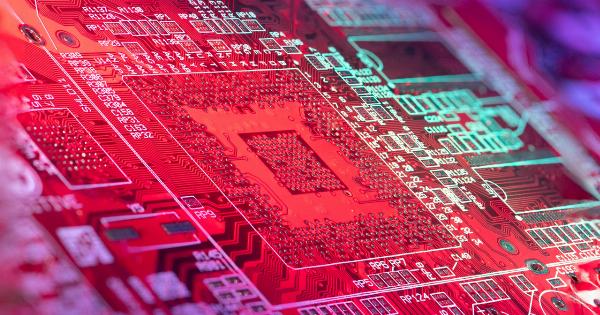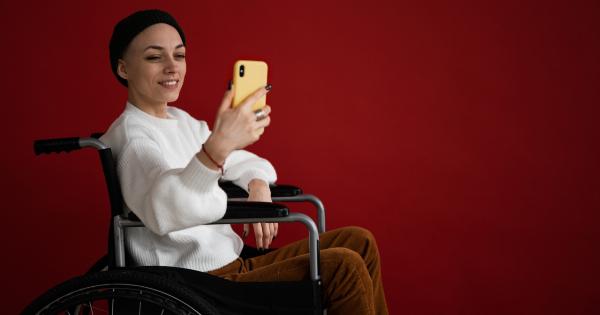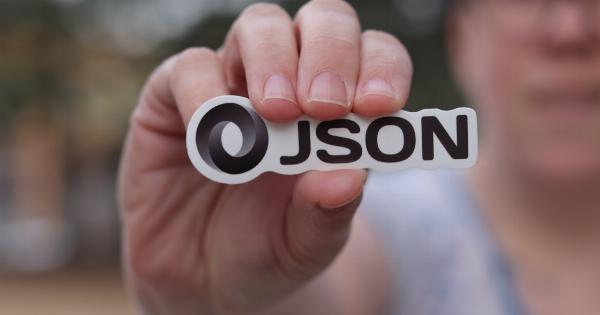Young athletes are often prone to knee injuries due to the high-impact nature of their sports activities. These injuries can be debilitating and hinder their performance and athletic ambitions.
Traditional treatment options such as physical therapy and surgery may not always provide satisfactory results. However, there is a revolutionary method known as stem cell treatment that shows promise in healing young athletes’ knees and restoring their function.
Understanding Stem Cell Treatment
Stem cell treatment is a regenerative therapy that utilizes the innate healing power of stem cells to repair damaged tissues and organs.
Stem cells are unique cells in the body that can transform into various cell types, including those found in the knee joint such as cartilage and ligament cells. By harnessing this regenerative capacity, stem cell treatment aims to stimulate the repair and regeneration of injured knee tissues.
Common Knee Injuries in Young Athletes
Before delving into the effectiveness of stem cell treatment, it is crucial to understand the types of knee injuries commonly experienced by young athletes. Some of these injuries include:.
1. Anterior Cruciate Ligament (ACL) Tears
The ACL is a crucial ligament that stabilizes the knee joint. Athletes involved in sports that require sudden changes in direction and jumping, such as basketball and soccer, are at a higher risk of ACL tears.
These injuries can significantly impact an athlete’s performance and often require surgical intervention.
2. Meniscus Tears
The meniscus acts as a shock absorber in the knee joint. Young athletes may experience meniscus tears due to direct trauma, sudden twisting motions, or repetitive stress. These tears can lead to pain, swelling, and mechanical issues in the knee joint.
3. Patellar Tendonitis
Also known as jumper’s knee, patellar tendonitis is an overuse injury characterized by inflammation of the patellar tendon.
It commonly affects athletes involved in sports that require repetitive jumping and running, such as basketball and volleyball. Patellar tendonitis can cause pain and functional limitations in the knee joint.
The Potential of Stem Cell Treatment
Stem cell treatment offers a promising alternative for young athletes struggling with knee injuries.
By harnessing the regenerative properties of stem cells, this treatment approach aims to accelerate the healing process and restore the damaged tissues to their optimal function.
How Stem Cell Treatment Works
The process of administering stem cell treatment for knee injuries involves the following steps:.
1. Stem Cell Harvesting
The first step is to harvest stem cells from the patient’s own body. Autologous stem cells, obtained from sources such as bone marrow or adipose tissue (fat), are commonly used for knee injury treatment.
These stem cells are rich in regenerative potential and minimize the risk of rejection.
2. Stem Cell Processing
Once the stem cells are harvested, they undergo a processing stage to isolate and concentrate them. This step ensures that a sufficient number of stem cells are available for effective treatment.
3. Injection into the Knee Joint
The concentrated stem cells are then injected directly into the injured knee joint, guided by imaging techniques such as ultrasound or fluoroscopy.
This precise delivery method enhances the effectiveness of the treatment by targeting the damaged tissues specifically.
4. Regeneration and Repair
After the injection, the stem cells work to promote regeneration and repair in the injured knee tissues. They stimulate the growth of new cartilage, ligaments, and other essential components of the knee joint, gradually restoring its function.
Potential Benefits of Stem Cell Treatment for Young Athletes
Stem cell treatment offers several potential benefits for young athletes battling knee injuries. Some of these benefits include:.
1. Non-Surgical Option
Unlike traditional treatment methods such as surgery, stem cell treatment provides a non-invasive alternative. This means young athletes can avoid the risks, complications, and long recovery periods associated with surgical procedures.
2. Natural Healing Process
Stem cell treatment harnesses the body’s natural healing process by utilizing the regenerative capabilities of stem cells. It encourages the growth of new, healthy tissues in the knee joint, enabling athletes to heal naturally.
3. Reduced Pain and Inflammation
Many young athletes experience significant pain and inflammation as a result of their knee injuries. Stem cell treatment aims to reduce these symptoms by promoting tissue repair and minimizing inflammation within the knee joint.
4. Improved Function and Performance
By facilitating the regeneration of damaged tissues, stem cell treatment can lead to improved knee function and overall performance in young athletes. It allows them to return to their sports activities with restored strength and mobility.
Evidence and Success Stories
Several studies and success stories have shed light on the effectiveness of stem cell treatment in healing young athletes’ knees.
Research involving stem cell therapy for ACL tears has shown promising results, with improved knee stability and decreased reinjury rates reported in treated athletes.
In a case study involving young athletes with meniscus tears, stem cell treatment demonstrated positive outcomes in pain reduction and improved knee functionality.
The treated athletes were able to resume their sports activities with reduced limitations.
Furthermore, testimonials from young athletes who have undergone stem cell treatment for knee injuries speak volumes about its efficacy.
Many have reported faster recovery times and successful return to their sports careers after undergoing the therapy.
Considerations and Limitations
While stem cell treatment holds immense potential for healing young athletes’ knees, there are certain considerations and limitations to keep in mind:.
1. Individual Variations
Each athlete is unique, and their response to stem cell treatment may vary. Factors such as the severity of the injury, overall health, and compliance with post-treatment protocols can influence the outcomes.
2. Treatment Availability
Stem cell treatment may not be widely available or easily accessible in all regions. As a result, young athletes and their parents need to research and consult with medical professionals who specialize in regenerative therapies.
3. Comprehensive Rehabilitation
While stem cell treatment can accelerate the healing process, it is crucial to complement it with comprehensive rehabilitation protocols.
Physical therapy and targeted exercises are essential for optimizing strength, flexibility, and overall knee function.
Conclusion
For young athletes struggling with knee injuries, stem cell treatment offers a promising avenue for healing and recovery.
By harnessing the regenerative potential of stem cells, this innovative therapy can facilitate the repair and regeneration of damaged knee tissues, allowing athletes to resume their sports activities with improved function and performance. While further research is needed, the growing evidence and success stories highlight the potential of stem cell treatment in revolutionizing the approach to healing young athletes’ knees.





























